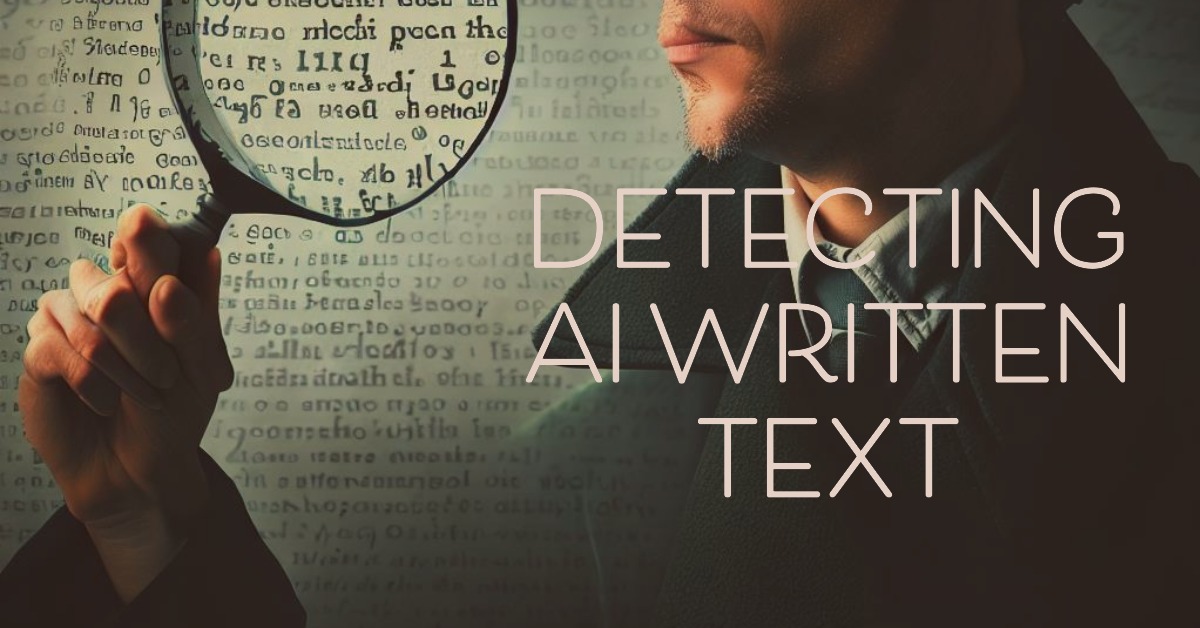AI is already everywhere, and it is here to stay. It is neither friend nor foe. It is here to help us. If used properly, it may help better humanity. It can even help further research by doing repetitive tasks so that we have more time to focus on innovation.
However, if misused, it may result in the production of lots of junk information. Many people are already flooding the internet with such poor-quality information. Thus, AI writing tools may become negative in the wrong hands.
Generally, bright brains can identify AI-generated text with some effort. However, AI detection tools may make that task pretty straightforward. Fortunately, since the introduction of ChatGPT, many free AI tools have sprung up, and some are pretty good.
This article will examine some high-quality and freely available AI detection tools.

Is it ethical to use AI in research writing?
When it all began, even some top-rated journals were confused about whether AI tools like ChatGPT could be listed as authors or not. Initially, some of the reputed journals accepted ChatGPT as a co-author. However, later, many journals banned the use of ChatGPT or other AI tools as co-authors.
However, things are pretty simple to understand, and there must not be any confusion. It is absolutely right to use AI tools like ChatGPT in research writing. After all, it is just a tool, like other AI-based tools like Grammarly, that checks for grammar, spelling, and writing style.
Nevertheless, AI tools cannot be accepted as authors since authors have specific responsibilities. ChatGPT or other AI tools cannot bear responsibility simply because they lack individuality. AI is still not intelligent enough to become a part of human society. It is still in its early stages.
So, do not confuse about using AI tools like ChatGPT for research writing and mentioning them as authors. Any AI writing tool can be used responsibly. However, the ultimate responsibility for the text created using these tools would lie on the shoulders of the people. Quite like you cannot blame word processors’ inbuilt tools for grammar mistakes, you cannot blame ChatGPT for contextual errors.
So, if using AI tools like ChatGPT in writing is fine, why check texts?
Well, the reason is pretty simple. AI tools produce lots of junk text. Humans are best suited to identify what is junk and what is good, but it may take much effort. However, AI detection tools may make this task easier.
AI tools can merely suggest the chances that any given text was written using AI. However, in the end, only editors and reviewers can assess text quality. Thus, AI detection tools are suitable for initial filtering and raising red flags. If the AI detection tool says that text appears to be written by AI, it must be thoroughly checked.
However, this does not mean that AI-written text must be rejected. It only means that such a text must be checked more carefully for quality-related issues. After all, AI is quite good at writing filler sentences that sound good but do not essentially add value to the text.
AI may be quite precise, but it is not correct in all cases. Further, it lacks variety in writing style. Therefore, there is a real risk that the overuse of AI in research writing would result in the creation of massive amounts of low-quality or even similar-sounding texts.

Top 3 AI writing detection tools in research writing
Before we discuss AI tools, it is worth knowing that there are both paid and free tools. However, in the case of AI detection, paid are not essentially better, despite all the information on the internet. Therefore, there is not much logic in investing in paid tools.
Moreover, the technology is changing at a significant pace. Large Language Models (LLMs), a kind of algorithm behind various AI tools used for writing, will change significantly every few months. It means that tools that work today may not essentially work tomorrow.
Moreover, early, or later, most AI detection tools would become obsolete, as Large Language Models or AI will become so good at imitating human speech and writing patterns. In the future, we might also see AI writing tools that may be able to copy your writing style.
Therefore, there is no perfect AI detection tool. We have tested multiple AI detection tools, and one tool worked in one scenario, while the other worked better in another scenario. Therefore, do not fall prey to false online ads promoting specific paid tools or demonstrating biased or even fraudulent experiments.
However, it does not matter how well AI writing tools become; they will not be able to replace humans in the visible future. They might be able to replace humans only in less complex and repetitive tasks like replying to emails, which nowadays takes too much time and contribute nothing to human development.
Most tools would have different ways of suggesting whether an AI writing tool was used. For example, some may provide reports in percentages, others in probability, etc.
Our first recommendation is: https://platform.openai.com/ai-text-classifier
As you can see from the domain name, it is the tool created by the same people who made ChatGPT. Thus, naturally, they are also good at detecting AI text. This tool will label the document as very unlikely, unlikely, or unclear if it is, possibly, or likely AI-generated.
However, as we said, nothing is perfect in the case of AI detection. When we tested text written by ChatGPT, it said: “unclear if it is.” That is not a bad result, but not perfect.
Our second favorite tool is: https://copyleaks.com/ai-content-detector
It is both an online AI detector, and it also has a Google Chrome extension. So, it is pretty easy to use. It could detect AI-generated text with somewhere about 60-70% accuracy, which is not bad.
The third free AI detection tool that we tested was: https://contentatscale.ai/ai-content-detector/
This tool, unlike the above tools, provides results in percentage. Thus, telling how likely is the text written by humans.
Our experience shows that most tools are moderately good at AI detection. But they often miss detecting, too.
Paid tools are not better since higher sensitivity would mean that tool would falsely start flagging human-written text as AI-generated.
Therefore, at the end of the day, our take is simple, use AI text generation tools for writing, but with care. Do not let AI overtake you completely. At the end of the day, it produces pretty soulless texts. Moreover, it is also prone to errors. Thus, AI is only of use when used by trained people.
Ultimately, some warning, too. We do not know how these AI detection tools may use data provided by you. So, be careful, and do not overuse these tools. Always use any new AI detection tool carefully, especially when checking sensitive documents or information.

